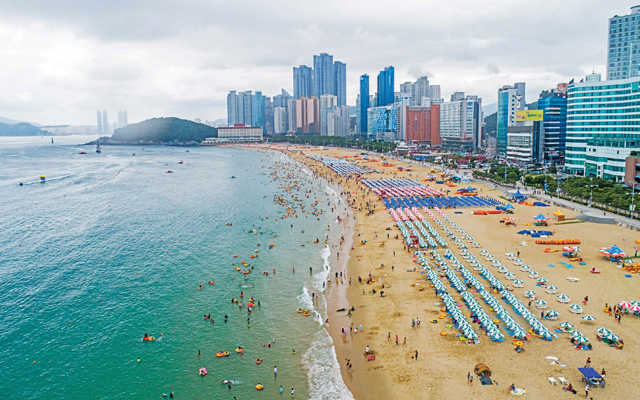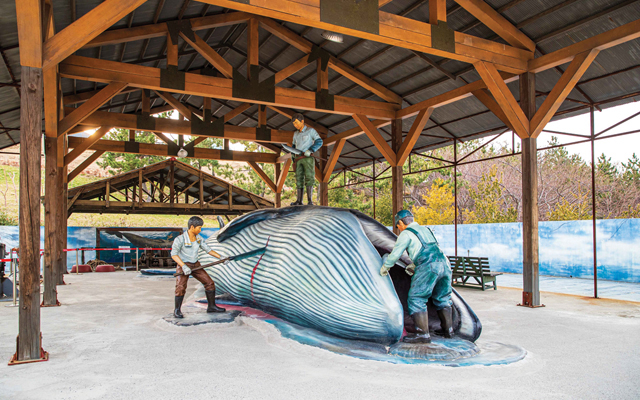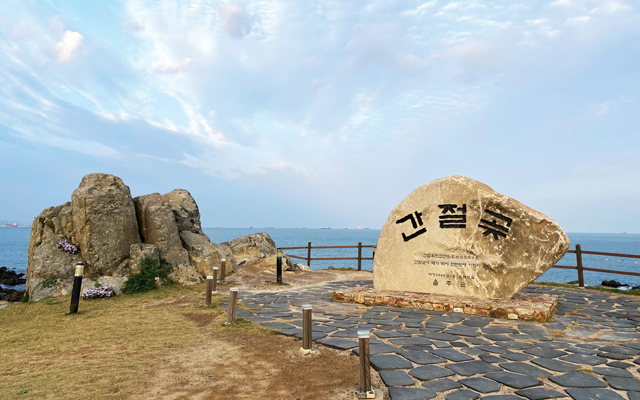The south-eastern Busan-Ulsan-Gyeongnam region is home to a variety of cultural sites, wellness attractions, and outdoor landscapes
Famous for its beaches, seafood and international film and art festivals, Busan is one of the country’s most popular tourist destinations.
However, beyond Busan, the surrounding south-east region is considerably less well known. Working to change that, the Korea Tourism Organization (KTO) is promoting the cities of Busan and Ulsan, and Gyeongnam province – or conveniently referenced as BuUlGyeong – as a combined destination.

To promote BuUlGyeong, KTO is organising fam trips, engaging in digital advertising and social media marketing, launching initiatives to attract business events, conducting training and detailed itineraries for the travel trade, and partnering OTAs, shared Park Chul-ho, senior director of regional tourism promotion at KTO.
Busan’s excellent international connectivity is a natural jumping point for visitors to travel to other parts of the region. The new Gadeok International Airport that is being planned for construction in Busan’s Gangseo district will handle international passengers, further complementing efforts to boost tourism.
The focus is on Busan’s oft-overlooked neighbour to the west, Gimhae, which is connected by the Busan subway and its northern neighbour, industrial Ulsan, the home of Hyundai.
Further inland, the Gyeongnam province is home to various towns, each with their own appeal where visitors can experience South Korea’s traditions and culture at various heritage sites, museums and attractions, activities, and outdoor landscapes.
“Ulsan offers a wealth of natural attractions like Daewangam Park and Taehwagang National Garden, ideal for ecotourism. Gyeongnam, with its scenic islands and coastal regions, is perfect for marine tourism, offering a peaceful and immersive experience in nature,” Park added.
Traditions and culture
The mountainous Sancheong county is known for traditional Korean medicine, including the legacy of Donguibogam (a classical Korean medical text), its herbal medicine-themed attractions, and natural healing resources like medicinal herb gardens and therapeutic facilities.
Home to Jiri mountain, which is rich in medicinal herbs, one can indulge in nutritious meals at homely restaurants featuring predominantly vegetarian dishes made from the local produce. With a long history of Buddhism, South Korea is home to many magnificent temples. One of the country’s three largest is Haeinsa Temple in Hapcheon, Gyeongnam province. Built in the 9th century, it is a UNESCO World Heritage Site that houses the Tripitaka Koreana, the most complete collection of Buddhist texts engraved on 80,000 woodblocks.

Other cultural highlights include the Ulsan Onggi Museum where traditional earthenware pots called onggi used for fermenting foods such as kimchi, are made. Over 50 per cent of the country’s earthenware pots are crafted here.
Another highlight is the Clayarch Gimhae Museum, the world’s first architectural ceramics museum, where the annual Gimhae Buncheong Ceramics Festival takes place. Gimhae has a long tradition of craftsmanship in Gaya pottery and Buncheong ware, with the traditional craft fast developing into a creative sector through modern projects.
Another venue worth visiting is Jangsaengpo Whale Culture Village in Ulsan, which showcases a controversial tradition. Before whaling was banned, Ulsan had a long history of whaling that dates back to prehistoric times, as evidenced by the petroglyphs that depict scenes of whale hunting carved into the ancient rocks at Bangudae Terrace.
These days, there are whale watching cruises and Jangsaengpo that gives visitors an insight into the evolution of whaling through life-sized retro-style exhibits of an old whaling village. At the Ulsan Petroglyph Museum, a fascinating insight into Korea’s prehistoric heritage can be found through archaeological exhibits and an interactive children’s area.

Natural beauties
Busan’s port location has earned it a reputation for its scenic beaches, notably Haeundae and Gwangalli. Along the coast, endless ocean views and rugged coastline make for picturesque walks, with sites such as the Oryukdo Skywalk often regarded as the dividing point between the East Sea and the South Sea; Songdo Cloud Walk, the largest in Busan; and Cheongsapo Daritdol Observatory offering various options to appreciate the sights.
Neighbouring Ulsan in the north also claims several scenic spots as its own.
Ganjeolgot Cape, a new tourist attraction, is the first place in South Korea to see the sunrise. Unsurprisingly, it is a popular site for New Year’s Eve fireworks.
Another coastal attraction in Ulsan is Daewangam Park, which offers a walking trail through a pine forest with various flowering trees including cherry blossoms. Marked by a lighthouse, there is a suspension bridge that offers views of the ocean and city, and another bridge leading to coastal rock formations.
Outdoor fun for all
Travellers of all ages can also experience outdoor leisure activities. Opened in December 2023, the Taejongdae Ocean Flying Theme Park is home to a 653m zip line that offers stunning views of the Yeongdo Coast and Taejongdae Jagalmadang Beach.
For a mix of culture and outdoor fun, Gimhae Gaya Theme Park is an edutainment park built to celebrate the iron-rich Gaya Kingdom. Activities include archery, pottery, rail bike, zip line, and high elements course, among others.











